Jawhar Sircar : (Member, RajyaSabha.) 6th. November, 2021. India is the only country in the world that reserves two special celebrations for siblings to shower their affections on each other. The first is Rakhi or Raksha Bandhan and the other is Bhratri Dwitiya which is popularly known as Bhai Dooj or Bhai Phota.

Sisters pray for the safety of their brothers, by performing a small aarti ceremony and applying a prominent tilak or tika on the forehead of their brothers — as a talisman against any danger or misfortune.
We are told that Krishna’s sister, Subhadra, started it when she was delighted to see him unharmed after his battle with the evil demon Narakasur and applied a sacred tilak on his forehead. As it is basically a folk festival, there are not many references to Bhai Dooj in sacred literature — though Rakhi or Raksha Bandhan is mentioned quite profusely several Puranas.

The Shastras usually do not get into religious practices where priests or purohits have no role and the chances of securing economic benefits are remote.
Folk tradition holds that Yama, the god of death, meets his sister, Yamuna on this day, which is why sisters invoke his name. We have noted how the season of spirits, prets, ghosts and invoking dead ancestors begins from Pitri Paksh and goes on for well over a month. This is also when Akash Pradeeps or sky lanterns are foisted on rooftops to guide spirits, while sisters in south India light lamps once again few days after Diwali, during Karthikai Deepam, to pray for their brothers.

A century ago, another British commentator, Muriel Marion Underhill, noted that “the chief feature of this festival is to celebrate Yama’s dining with his sister Yamuna….and since Yama shut his house this day while visiting his sister, no one dying today will have to go to Yama’s abode.”

More than two hundred years ago, the famous orientalist, HH Wilson, mentioned that Indian sisters believed “that by this means the lives of their brothers will be lengthened and Yama, the regent of death, will have no power over them”. Wilson does not miss the most interesting part about sisters “feasting brothers with every kind of delicacy they can afford and the brothers give them gifts of cloth and money”.
Wilson’s record that is two hundred years old quotes the favourite lines that sisters said then, and they do so even now in many parts of India: “On my brother’s brow I have made this mark/ And thus have I bolted the door of Yama!”

. In the past, ancient Indian tradition mandated that women be married off quite far away, into the desired sub-caste to spread and preserve the vitality of the gene pool. But if sisters lived at such great distances, there had to be mandatory festivals that brought the siblings together, otherwise the strength of Indian family system would not survive. And for brothers, what could be a better incentive than a sumptuous meal, given with so much love and care?

Some feel that with the change of seasons, diseases invariably broke out, as in spring and autumn. This could be a provocation for sisters to pray, in order to ward off death and Yama, before modern medicine tackled Yama more effectively.
While, special sweets called khajas were compulsory in Bengal, Maharashtrians invariably enjoy a sweet dish ‘basundi poori’.

The fact that such celebrations continue in India, despite giant strides made by science and medicine and when whole world is urbanised and globalised speaks volumes of our history and culture.

At the same time we need to balance this patriarchal custom with something new and modern where brothers celebrate their sisters and women are centre-stage.





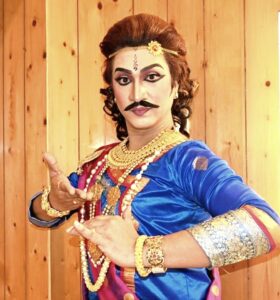



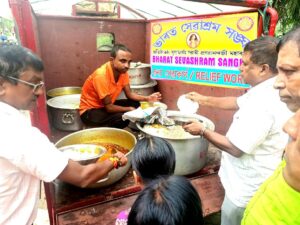

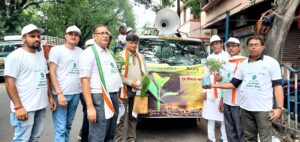

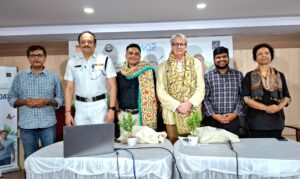
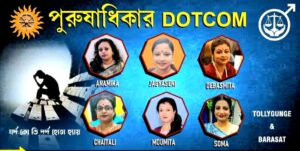




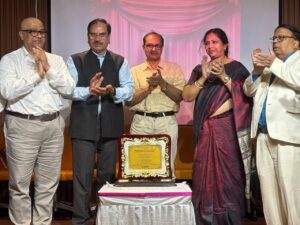
Be First to Comment